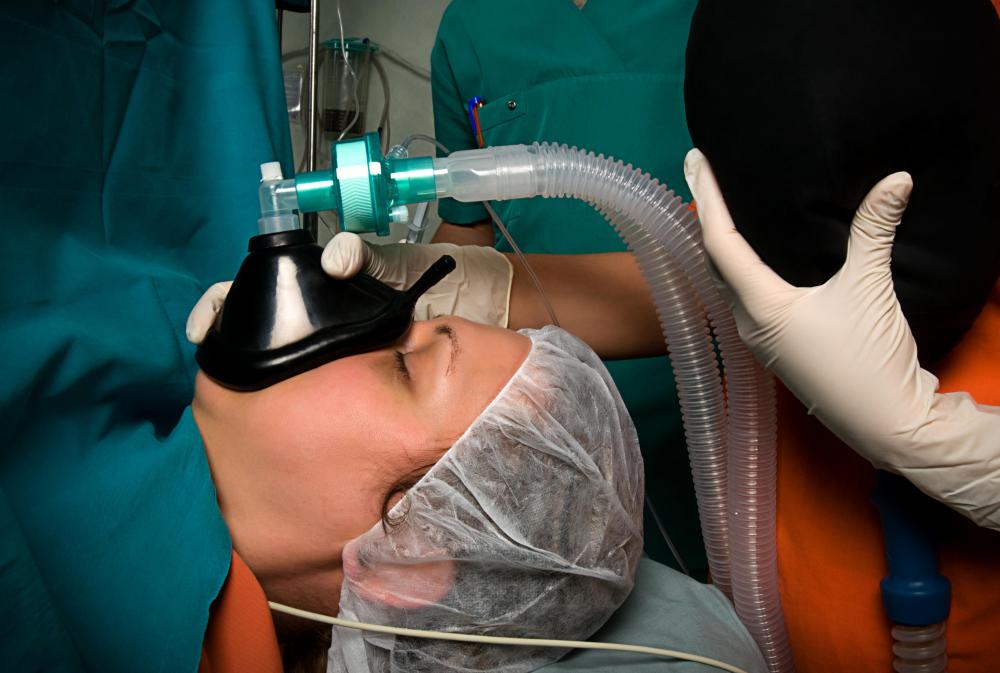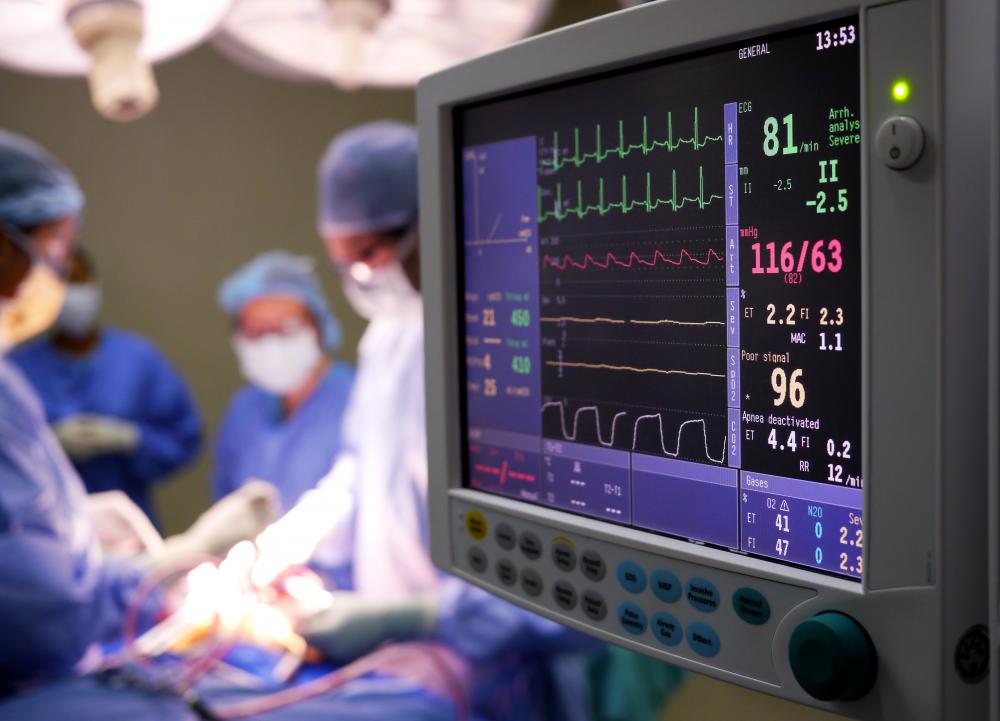At TheHealthBoard, we're committed to delivering accurate, trustworthy information. Our expert-authored content is rigorously fact-checked and sourced from credible authorities. Discover how we uphold the highest standards in providing you with reliable knowledge.
What Is a TMJ Arthroscopy?
TMJ arthroscopy is a type of surgery that is performed on the temporomandibular joint of the jaw. This procedure is most frequently used to treat a medical condition known as temporomandibular joint disorder after non-surgical treatment options have failed. This is usually an outpatient procedure, although some doctors may prefer to monitor the patient overnight in a hospital setting to make sure there are no post-surgical complications. Recovery time following TMJ arthroscopy is usually about a week, during which time a special diet may need to be followed. Any questions or concerns about the TMJ arthroscopy or recovery issues on an individual basis should be discussed with a doctor or other medical professional.
Many surgeons prefer to use general anesthesia when performing TMJ arthroscopy, meaning that the patient is completely sedated and unaware of the procedure as it occurs. In some cases, a local anesthetic may be used, meaning that the patient is awake and alert during the surgery, and only the surgical site itself is numbed. The patient should discuss the different anesthesia options with the doctor prior to the surgery.

After the anesthesia has been administered, a small incision is made in the jaw area near the temporomandibular joint. A small instrument known as an an arthroscope is then inserted into the incision area. One or two additional incisions may be made so that other pieces of equipment can be used to assist in the surgery. The joint is then carefully examined, and any necessary repairs can be made. The instruments are then removed and the incisions are closed.

Following TMJ arthroscopy, the patient may feel some pain or discomfort from the procedure and may notice some bruising near the ear. A type of pressure bandage known as a jaw bra may need to be worn for a while after the surgery. Pain medications can be given as needed while at the hospital, and the doctor will usually prescribe pain medication to be used at home for a few days following the procedure.

A soft diet is typically recommended following TMJ arthroscopy, and the patient can slowly transition to a normal diet as tolerated. Physical therapy may be beneficial for some after this procedure, although it is not always needed as long as post-operative directions are followed closely. There is usually very little scarring associated with this type of surgery due to the location as well as the small incisions made.
AS FEATURED ON:
AS FEATURED ON:

















Discuss this Article
Post your comments